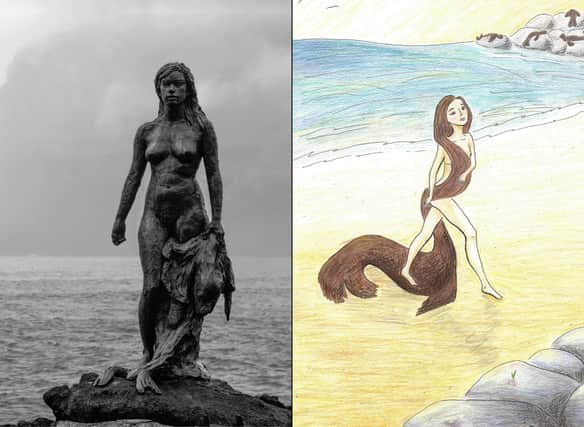Scottish mythology tells of many supernatural creatures that roamed the land. For millennia, tales of these beasts have been preserved via storytelling, passing the legacy by word onto successive generations over centuries. Nowadays, such myths have been cemented in writing, offering a more concrete view of the tales our ancestors shared.
“Celtic” may be thought of as describing a ‘spectrum’ of cultures that share similar languages, beliefs and traditions, so you may find variants of these myths from multiple sources.
Discover more about these Scottish mythical beasts with Carl’s Lingo Kingdom (as seen above), or continue reading for 17 mythical Scottish creatures that have evoked fear in Scotland since ancient times.
Discover more about these Scottish mythical beasts with Carl’s Lingo Kingdom (as seen above), or continue reading for 17 mythical Scottish creatures that have evoked fear in Scotland since ancient times.
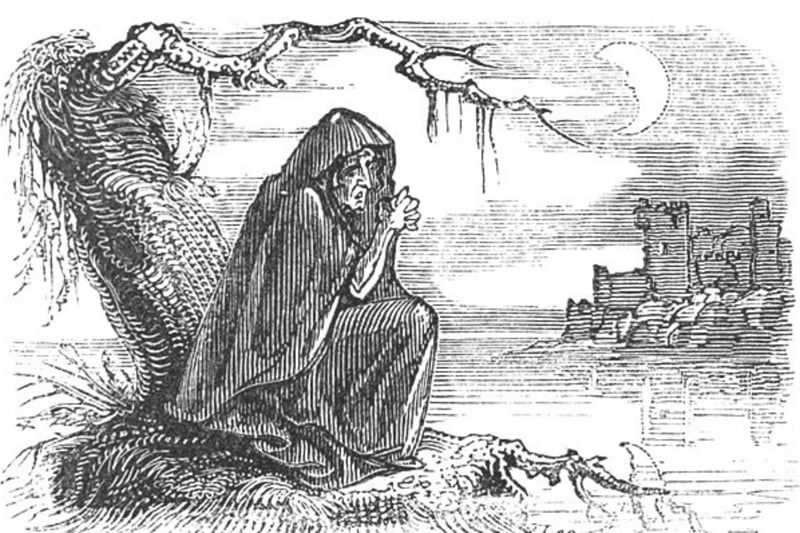
5. Banshee (Gaelic: bean-nighe i.e., “washerwoman”)
The ‘Bean Nighe’ is thought of as a form of banshee, often referred to as the “washerwoman.” It can be seen at the edge of isolated streams washing blood from the clothing of people who are close to death. The creature can appear both as a ‘hag’ or as a beautiful woman, but is always known to wear green and have webbed feet. Some said that if a living person approached the Bean Nighe then they could be granted wishes or told the names of people who will die soon. Photo: W.H. Brooke (1825) (via Wikimedia Commons)
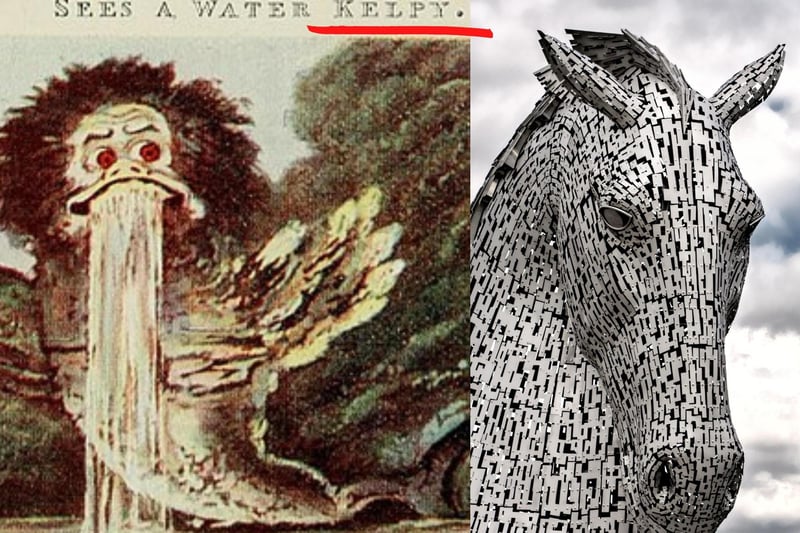
6. The Kelpies (Gaelic: Each-Uisge)
If you’ve ever wandered by the Falkirk Canal then chances are you’ve encountered the Kelpies as a sculpture of two giant horse heads. These are shape-shifting water spirits that often appear as horses yet can change into many different forms. The spirits trick weary travellers into riding them as they appear in horse-form, yet once the rider is on their back they are disturbed to find they cannot dismount. Ultimately, the Kelpies lure travellers into the dark waters to drown and devour them. Photo: Careless, John. (1905) via Wikimedia Commons / indianabones (via Canva)
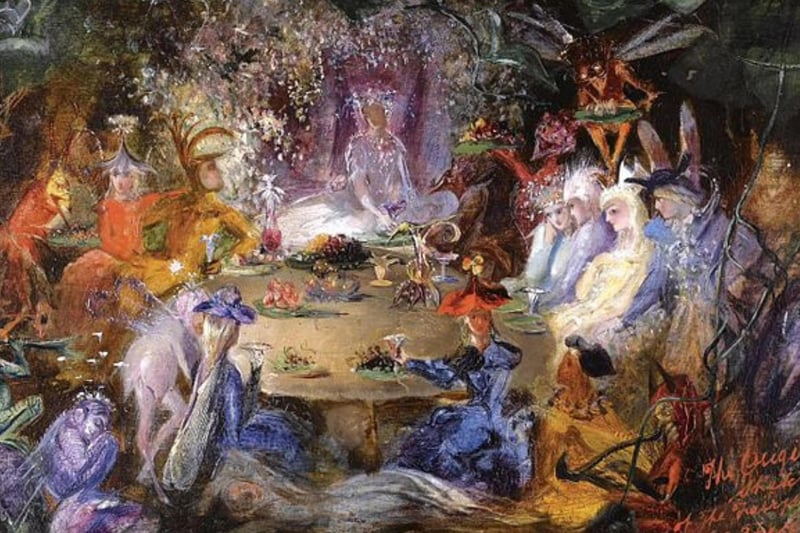
7. Fairies (Gaelic: sìth)
Fairies (sometimes known as “the wee folk”) hold a prominent role across many stories in Scottish folklore, and they manifest in a variety of forms and under many different names. The group is divided into the Seelie Court and the Unseelie Court. The Seelie Court is considered dangerous yet less malevolent, fairies of this court are often mischievous but harmless. The Unseelie Court, however, is thought of as malicious and is known to harm humans for the sake of entertainment. Photo: John Anster Fitzgerald (via Wikimedia Commons)
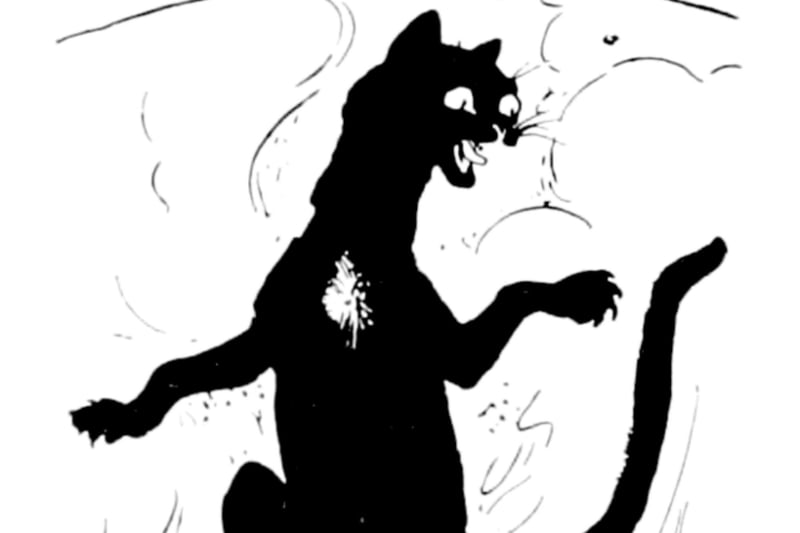
8. Cait Sith (Cat Fairies)
Cait Sith, known as “cat fairies”, are described as cats that are slender yet large like dogs, with a trademark white patch on their chests. It was thought that they would steal the souls of the unburied dead and so they would prey on locations where bodies were prepared prior to funerals. Curiously, it walked on all fours nearby humans, yet stood on its hind legs when it was not being watched. This connects to the theory that Cait Sith are witches that can transform between cat and human form. This transformation could only happen nine times before the cat form became permanent, perhaps a reference to cats’ nine lives. Photo: John. D Batten (1894) (via Wikimedia Commons)
